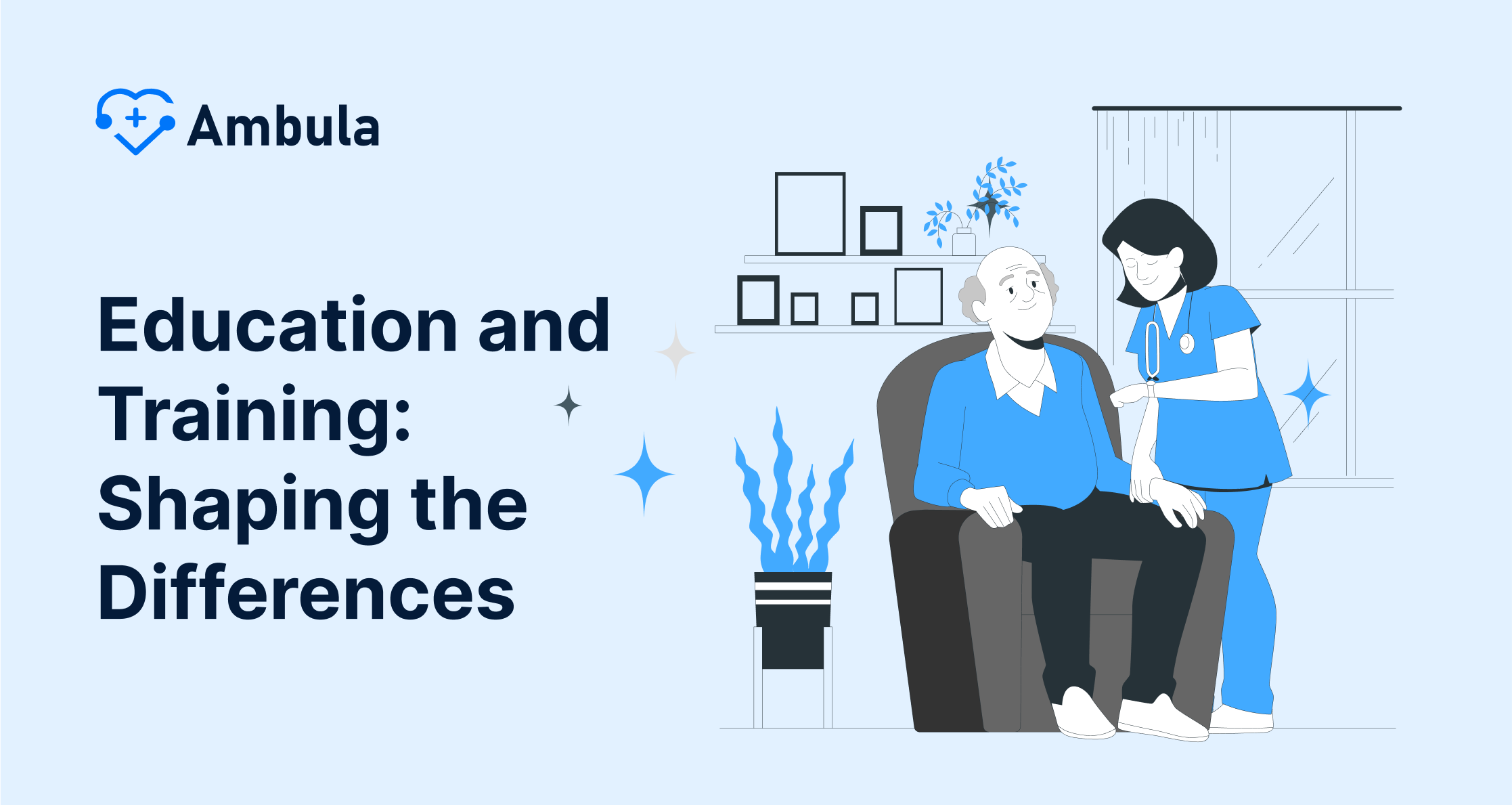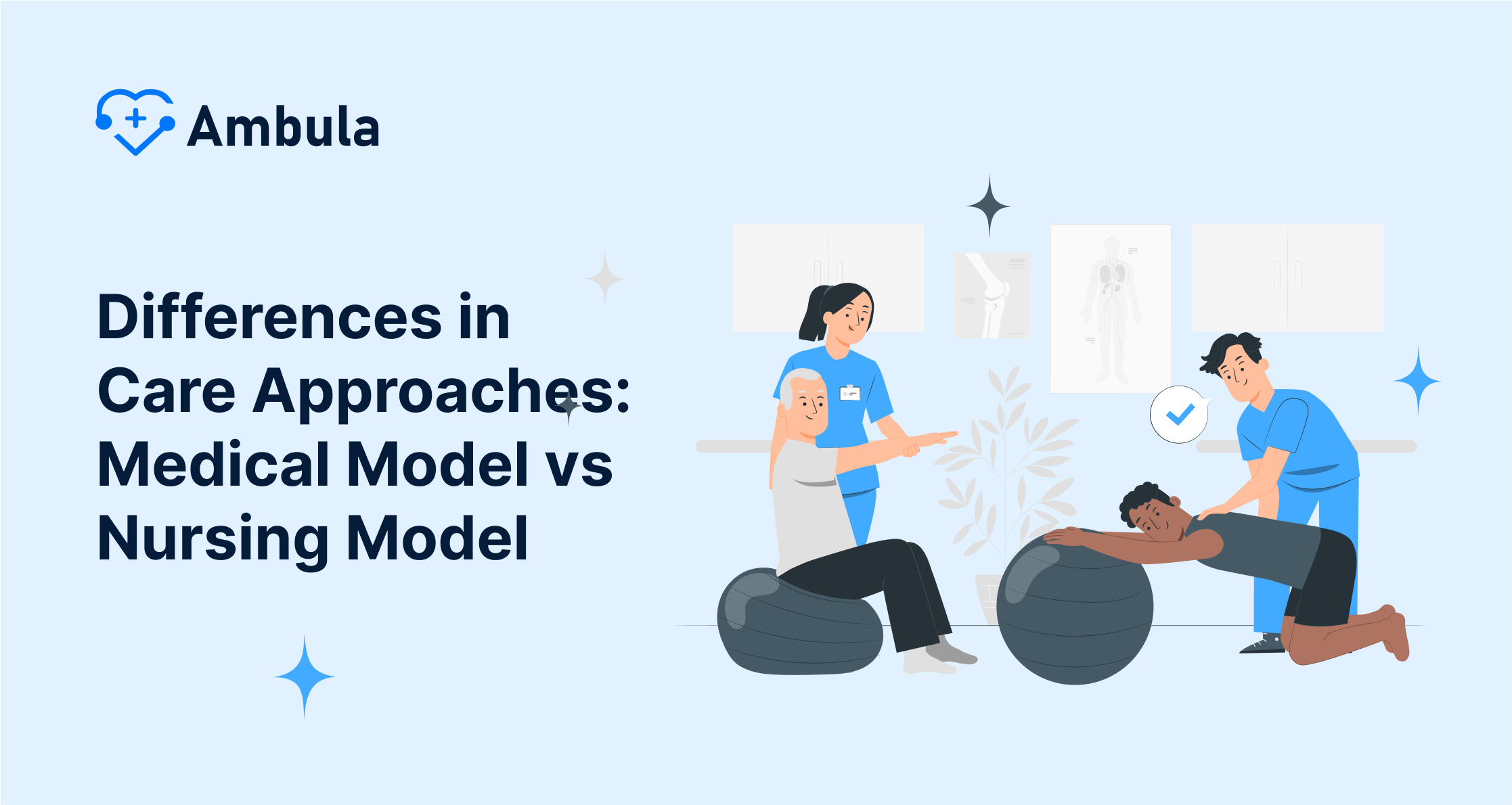
As medical professionals, the roles of physician assistants and nurse practitioners have always been interrelated yet divergent. Both healthcare professionals deliver exceptional patient care, treat illnesses, diagnose medical conditions, counsel patients on preventive care, and can even prescribe medications, depending on state laws. However, the key differences lie in their education, training focus, specialty areas, and work model. This article will examine the roles of nurse practitioners (NP) and physician assistants (PA), outline the advantages and disadvantages of both professions and assist future healthcare providers in making an informed decision about their career path.
Education and Training: Shaping the Differences
The diverse educational backgrounds reflect the differences between the NP and PA professions. While aspiring nurse practitioners begin their journey as registered nurses, acquiring their bachelor’s degree, and later pursuing a master’s degree or doctorate in nursing practice, physician assistants venture directly into the field after earning a bachelor’s degree, followed by a master’s degree in Physician Assistant Studies through a PA program recognized by the Accreditation Review Commission.
Although the journey towards becoming an NP or a PA may begin differently, both professions require substantial clinical hours and a graduate degree to practice within the healthcare system. For NPs, board certifications are provided by reputable organizations like the American Nurses Credentialing Center, the Pediatric Nursing Certification Board, and the National Certification Corporation. For PAs, the certification comes from the National Commission on Certification of Physician Assistants. Regardless of the route, both roles necessitate rigorous training and certification to ensure safe and quality care.
Differences in Care Approaches: Medical Model vs Nursing Model
When aspiring healthcare professionals consider a career in providing primary care, specifically weighing the options between being a Nurse Practitioner (NP) and a Physician Assistant (PA), one significant difference to take into account is the philosophical approach each role utilizes to treat their patients — this is often referred to as their model of care. Essentially, these divergent models of care reflect the different orientations both professions bring in the context of healthcare delivery.
As advanced practice registered nurses, nurse practitioners are influenced by the nursing model in their approach to patient care. The nursing model emphasizes holistic and patient-centric care. Here, healthcare is not just about curing the ailment but also nurturing the patient, bringing a substantial focus on health promotion and preventive healthcare. This means nurse practitioners look beyond the current illness and focus on patient education about lifestyle adjustments and preventive measures for a comprehensive health approach. Furthermore, NPs are often tasked with treating patients with chronic diseases, and the nursing model aligns well with long-term patient management, check-ups, follow-ups, continuous assessments, and adjustments of treatment plans.
The Job Trade-offs: Nurse Practitioner Vs. Physician Assistant
While Nurse Practitioners (NPs) and Physician Assistants (PAs) might share similar job duties, their roles in healthcare exhibit distinct features. Nurse practitioners often provide primary care. This is particularly true for Family Nurse Practitioners. They can work independently in many states to determine their patient’s health plans. This means they can make the key decisions regarding their patients’ healthcare. Plus, they can run their practice.
Conversely, PAs typically work under the supervision of licensed physicians. This setup allows them to practice medicine on a broad scale, but it also means they have less independence in practice. There’s a silver lining, though. They can easily switch specialties, supplying them with a wider range of medical experience. In contrast, NPs often focus on a specific patient demographic at their advanced practice level, such as pediatrics, women’s, or mental health.
The Financial Comparison: Nurse Practitioner and Physician Assistant Salary
When considering the nurse practitioner career vs. physician assistant career, an important factor to consider is compensation. The median salary for both roles is high due to their advanced roles in healthcare settings. However, the Bureau of Labor Statistics reports that as of 2019, the median annual wage for NPs was slightly higher than for PAs. These numbers, however, may vary based on the practitioner’s specialty, years of experience, and geographic location.
Job Outlook: The Demand for Mid-Level Practitioners
Jobs for Nurse Practitioners (NPs) and Physician Assistants (PAs) are booming. This surge can be attributed to various factors. There’s a growing demand for healthcare services, which fuels this growth. This intense demand springs from our aging population, particularly the baby boomers, and the expanded access to healthcare under laws such as the Affordable Care Act.
Moreover, the NP and PA roles offer more personalized control over work schedules. This often results in a more satisfying work-life balance than other healthcare careers. These roles are both versatile and fulfilling. Opportunities abound in myriad healthcare settings, from bustling city hospitals to quiet private medical offices. Other examples include patient-focused outpatient clinics and comforting nursing homes. Altogether, these elements leave the job outlook for NPs and PAs very healthy.
Autonomy in Practice: The Independence of NPs vs PAs
Another difference in comparing nurse practitioners vs. physician assistants is the ability to practice independently. While most NPs have full practice authority in many states, PAs typically must have a supervising physician, limiting their ability to work independently. However, professional organizations advocating for PAs continue to push for increased autonomy in practice laws, as seen with the increasing number of states introducing laws allowing PAs to practice more independently.
Conclusion
Choosing between the Nurse Practitioner (NP) and Physician Assistant (PA) professions is a personal decision. It leans heavily on an individual’s interests, educational history, and professional goals.
For prospective NPs, certain character traits are attractive. Suppose you relish autonomy in practice, develop deep relationships with patients, prefer a focus on preventative care, and are an already registered nurse. In that case, the NP path may be a natural fit.
Conversely, the PA profession may be more enticing to those with different preferences. Those who lean towards a broad approach to medicine, wish for the flexibility to switch specialties effortlessly, are at ease under a physician’s supervision, and prefer an educational model akin to that of medical doctors are likely to favor the PA pathway.
Regardless of the differences, both roles are tremendously vital. Each offers high-quality and comprehensive patient care. The significance of both roles is more apparent in our current era, where healthcare leans profoundly on mid-level practitioners.







